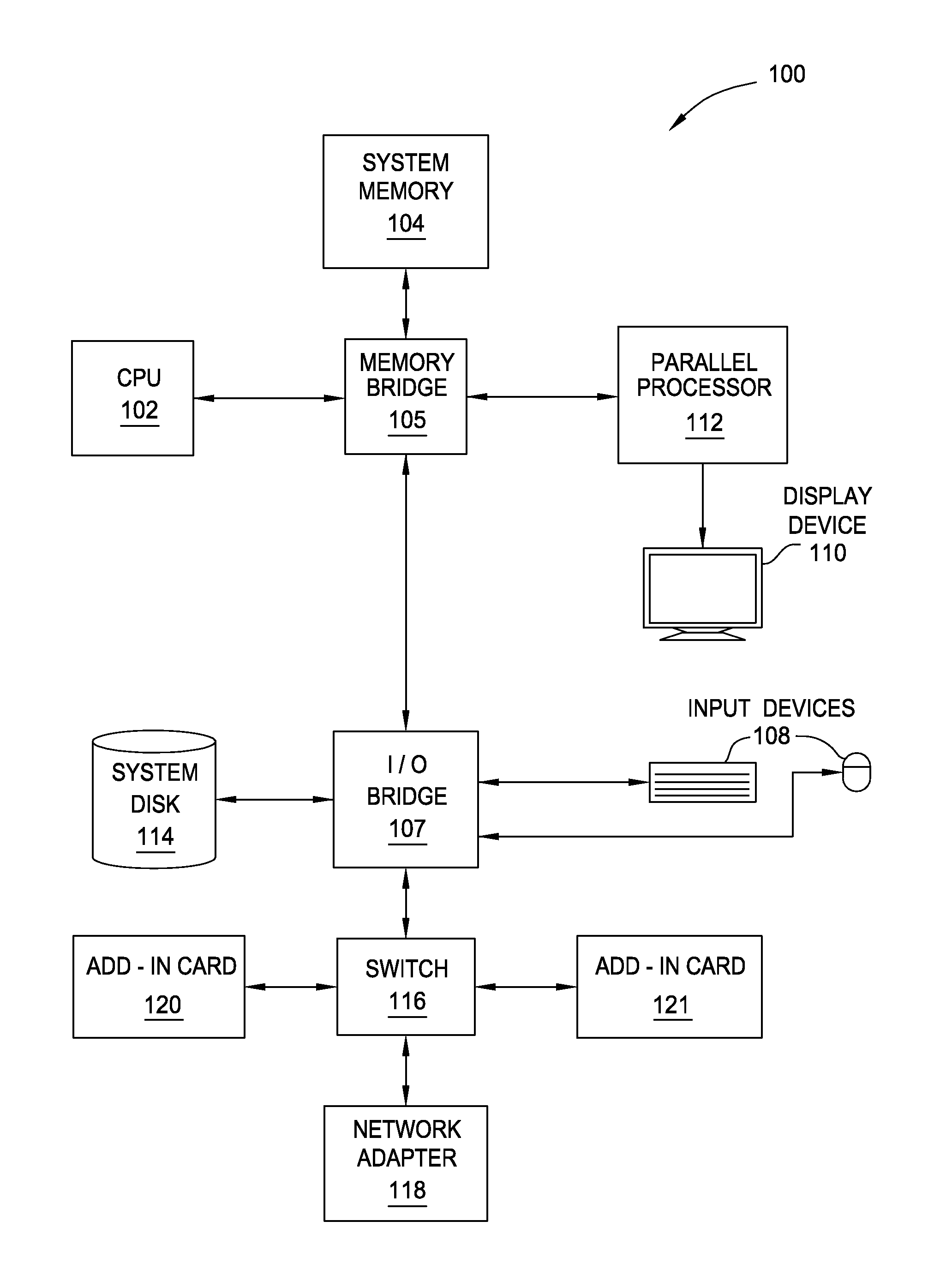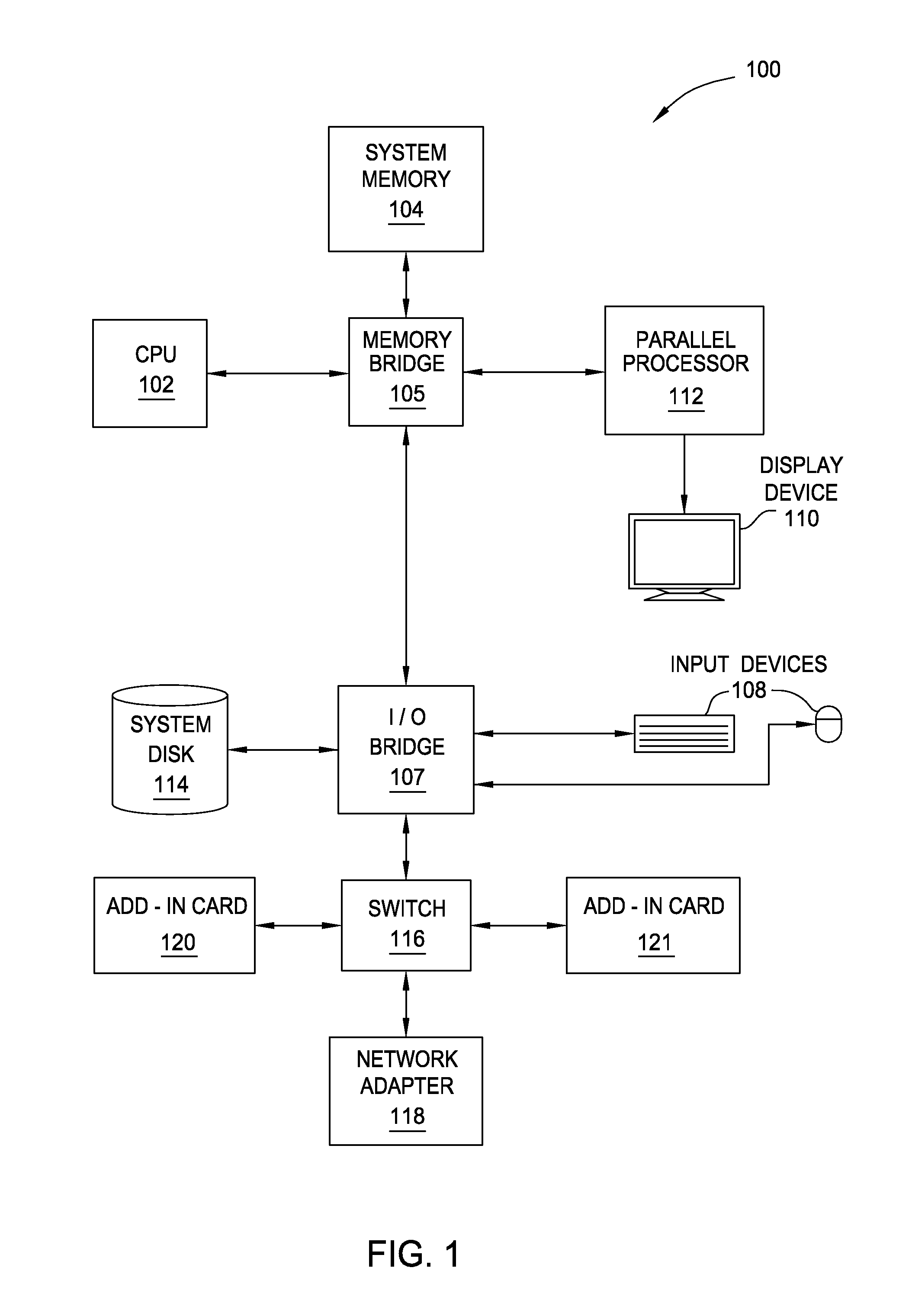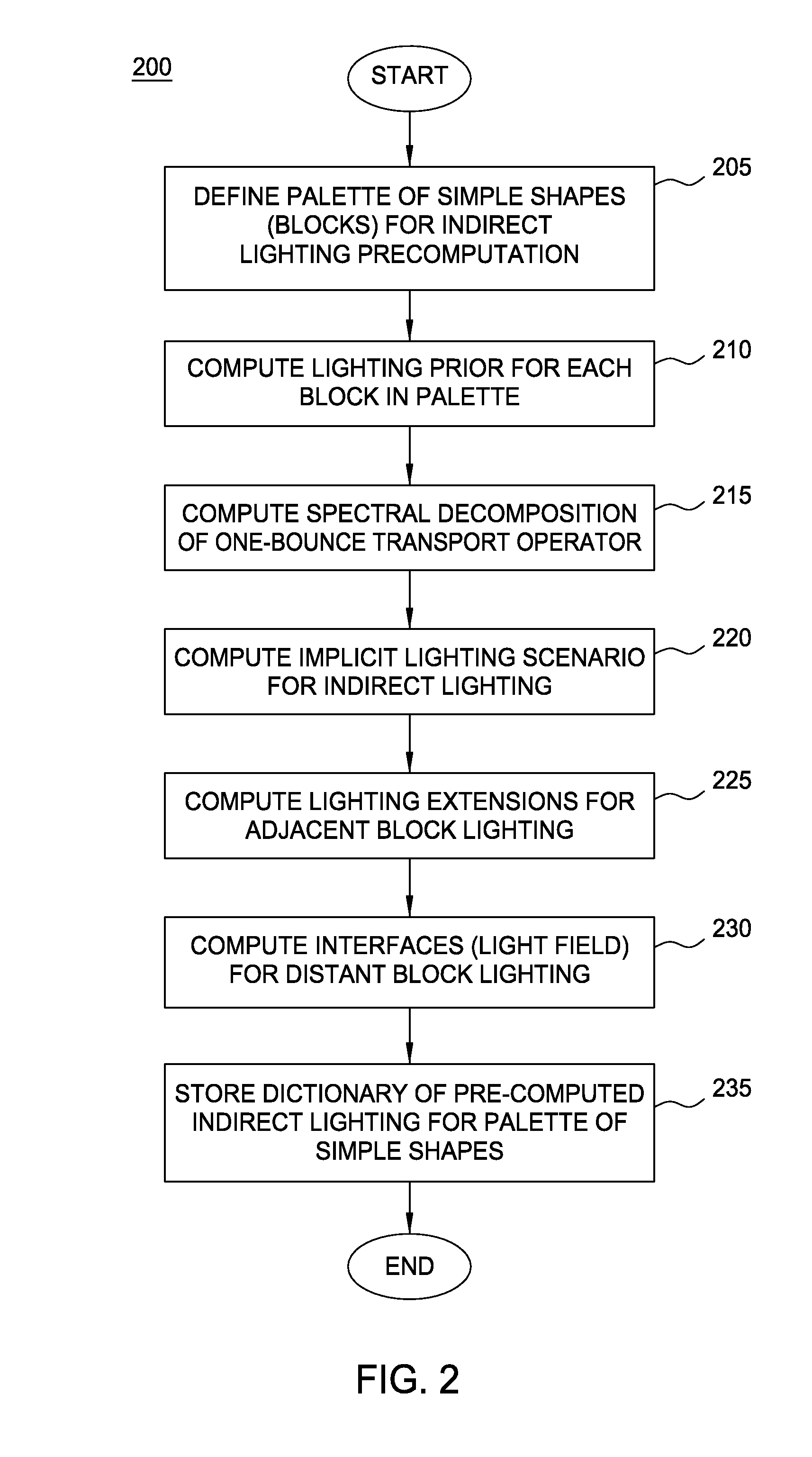Modular radiance transfer
a module and radiation transfer technology, applied in the field of computer graphics, can solve the problems of lack of performance characteristics for computing, lack of performance characteristics for video games, and unsatisfactory lighting artist work flow
- Summary
- Abstract
- Description
- Claims
- Application Information
AI Technical Summary
Benefits of technology
Problems solved by technology
Method used
Image
Examples
Embodiment Construction
[0020]Embodiments of the invention provide a technique for determining indirect lighting for elements of 3D scene geometry. Indirect lighting generally refers to lighting that does not result from light emanating from a light source, but rather from the “bounce” of direct lighting from a diffuse surface within 3D scene geometry (e.g., a wall or a floor). In one embodiment, rather then evaluate indirect lighting for a particular geometry of a 3D graphics scene, indirect lighting is pre-computed for a set of simple, abstract shapes. The pre-computed indirect lighting is then mapped to the actual 3D geometry of the graphics scene. More specifically, modular radiance transfer pre-computes a spectral decomposition of a one bounce transport operator for each of a set of simple shapes and replaces a scene dependent, direct-to-indirect lighting computation with an art-directable mapping step.
[0021]As described herein, modular radiance transfer provides an approach for rendering an approxima...
PUM
 Login to View More
Login to View More Abstract
Description
Claims
Application Information
 Login to View More
Login to View More - R&D
- Intellectual Property
- Life Sciences
- Materials
- Tech Scout
- Unparalleled Data Quality
- Higher Quality Content
- 60% Fewer Hallucinations
Browse by: Latest US Patents, China's latest patents, Technical Efficacy Thesaurus, Application Domain, Technology Topic, Popular Technical Reports.
© 2025 PatSnap. All rights reserved.Legal|Privacy policy|Modern Slavery Act Transparency Statement|Sitemap|About US| Contact US: help@patsnap.com



